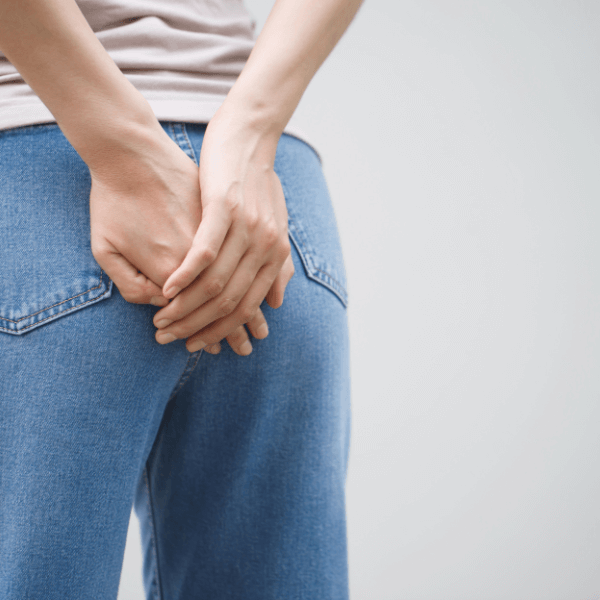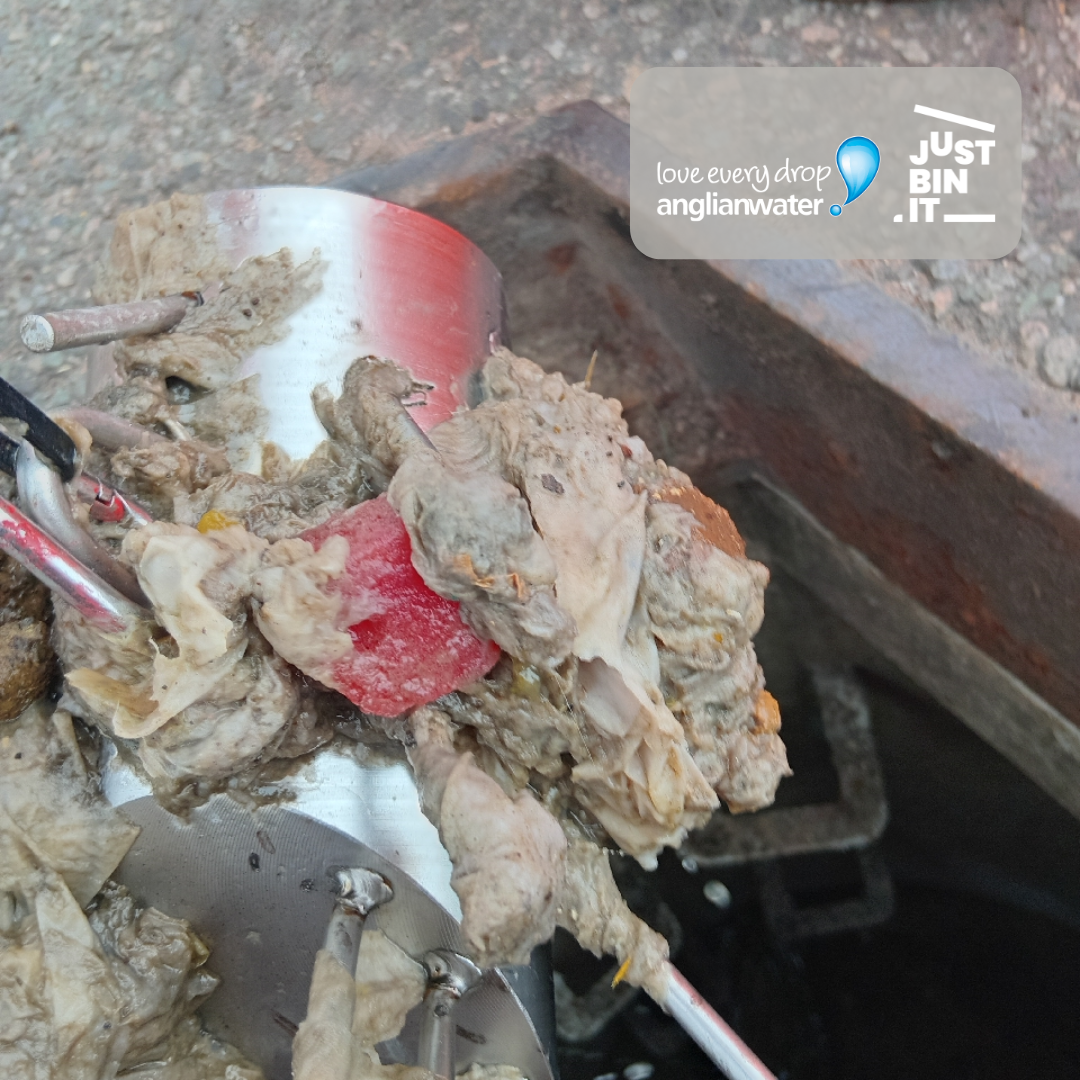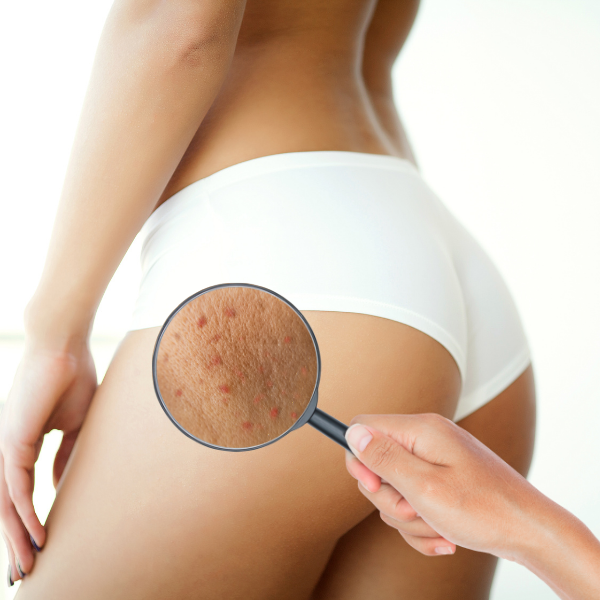Butt Rashes: Causes, Remedies, Treatment, and Pain Relief

Butt Rashes: Causes, Remedies, Treatment, and Pain Relief
Your bottom skin is uniquely delicate and sensitive, and that makes it especially susceptible to different kinds of rashes and irritations. Yep, that little thing back there you've been paying little to no attention to needs your affection more than you know!
When we’re visited by an incessant itch or a sudden soreness, we run into a few issues. (1) we can’t easily see what’s going on back there, so identifying the issue can be hard, (2) things are dark and moist down there, rubbing together and making symptoms worse, and (3) it’s embarrassing, which makes talking about our raw bums harder.
Bottom rashes can make us uncomfortable, and in the long run, can take a huge toll on our quality of life. The fact that nobody speaks about them makes matters worse, and leaves us wondering ‘what the heck is burning my backside?’ Without concrete answers.
But worry not, if there’s anyone that can demystify what’s going on back there, it’s us. Follow along as we uncover the causes, remedies and treatment behind the sting on your ring.
What does a butt rash feel like?
Signs and symptoms
Rashes can manifest in many ways, with varying degrees of discomfort. It’s also worth noting that experiencing these symptoms doesn’t necessarily mean you have a rash, but all of these symptoms are a warning sign that things aren’t quite right below the waist.
-
Itching and burning (pruritus ani): This is incessant itching on the skin around the anus – if you have it, you’ll know. We have a blog on anal itching...
-
Redness and inflammation: Harder to identify, it will take a mirror and twisting yourself into a pretzel shape just to find out.
-
Bumps, blisters, or pus-filled spots: You can gently feel for these by running a (clean) finger along the skin of your (clean) bottom. Feel for any bumps etc.
-
Dry, cracked, or scaly skin: The main way you’ll figure this out is whether there’s dry skin in your underwear or just by looking (hello again, diagnostic yoga).
-
Pain and tenderness: As with the itching, any pain or tenderness will show itself quite freely, especially when pooping and wiping. We have a blog on anal pain too.
How rashes look on different skin tones
On lighter skin tones rashes can often look bright red or pink, sometimes with obvious swelling or raised edges. This can also be accompanied by dry, flaky skin.
On medium skin tones rashes could look dark red, purple or brown, sometimes inflammation can cause the skin to look slightly grey.
On darker skin tones rashes may appear as darker brown, purple, or almost black patches. They may also look more raised or textured. Dry or scaly areas can look grey or duller than the skin surrounding it.
On darker skin tones, changes in texture and sensation are often more reliable than colour changes, since redness can be less visible.
Why identifying symptoms early matters
Looking after your body isn’t like looking after a car. You can’t leave those little flashing emojis on the dashboard and hope things sort themselves out – you need to handle things head-on...or bottom-on.
Catching rashes early prevents fungal and viral rashes from spreading to even less desirable places, it reduces how long you’re suffering, it prevents the issue from getting worse, and it also allows you to catch more serious conditions (like autoimmune conditions) early. Sounds like a no-brainer, right?
Knowledge is power, and we should all be clued up on what’s going on down there so we can take care of our health effectively.
What Causes Butt Rashes?
Before we get into these, just because you have a rash, it doesn’t mean that our minds should jump to the worse scenario possible - it could just be a heat rash! What you’re looking for is persistent and unexplainable symptoms that are out of the ordinary for you. That said – if you really want to know what's up down there, you're going to have to be brave enough to take a look yourself.
Fungal Infections (Jock Itch, Yeast, Ringworm)
Fungal infections can be caught from direct contact with an infected person or animal, or even from sharing objects like bedding and towels. The thing with fungi is that it loves warm, moist environments, just like the space between your cheeks, which makes for the perfect home for these rashes to manifest.
Bacterial Infections (Folliculitis, Boils)
Skin is your body’s first line of defence against bacteria, but when it gets in (through tears or hair follicles) it can cause some issues. This can happen if you shave down there regularly, tear the skin, wipe too vigorously, or even exercise vigorously! These infections make for a nasty sitch below the waist.
Viral Infections (Shingles, Herpes)
Viral infections like shingles and herpes can appear for different reasons. Shingles is when the varicella-zoster virus (VZV), which causes chickenpox, reactivates in someone’s body, so it can crop up anywhere. Herpes is spread through direct skin-to-skin contact, most commonly via vaginal, anal, or oral sex. It can also spread by touching herpes sores or fluids from an infected person. These infections can affect your bottom just as much as anywhere else!
Contact Dermatitis and Allergic Reactions
The skin on your bottom is not immune from the allergic reactions the body has, and if it happens, you’ll know...That means when you’ve used a new body wash or detergent that sets off a rash, or if you eat something that causes a skin reaction, your rump could take the brunt of it.
Eczema and Chronic Skin Irritation
People who experience eczema and chronic skin irritation will know how uncomfortable it can truly be, especially when dry, itchy, sore skin rocks up in places as sensitive as our intimate areas. This can be exacerbated by using harsher chemicals, soaps and scented products.
Heat Rash and Sweat-Related Rashes
When things get constantly hot and sweaty below the waist, it can lead to the sensitive skin softening and becoming more prone to microtears and irritation. The sweat can also mean there’s more friction in the area, leading to chafing and more.
Intertrigo and Skin Fold Irritation
Intertrigo is an inflammatory rash that can occur between folds in the skin. This could happen in under your armpits, in your groin, under your breasts, and smack bang between your cheeks too. Where this is treatable, when untreated, intertrigo can develop into an infection, so it’s good to catch it early!
Incontinence-Related Irritation
Incontinence-associated dermatitis (IAD) occurs when the sensitive intimate skin is exposed to urine of faeces for extended periods of time. This can cause the skin to become inflamed, as well as sore from any faeces left on the skin to dry for prolonged periods.
Psoriasis and Autoimmune Skin Conditions
Psoriasis is an autoimmune condition that speeds up the life cycle of skin cells. Instead of shedding normally, the cells build up on the surface of the skin, creating thick, scaly patches. When this happens on or around the bottom, it can feel especially uncomfortable.
Other autoimmune conditions (like lichen sclerosus or lupus) can also affect the skin in intimate areas. These may cause thinning of the skin, discoloration, soreness, or increased sensitivity, which can make everyday activities like sitting, walking, or exercising uncomfortable.
Prevention Strategies
Prevention is always easier than treatment. A few small adjustments in your daily routine can spare you a lot of itching, burning, and awkward fidgeting in public. Here’s what helps:
1. Good hygiene
Wash the area daily with lukewarm water and a mild, unscented cleanser. Avoid scrubbing too hard or using loofahs, which can irritate delicate skin. Gently pat dry with a soft towel.
2. Stay dry
Moisture fuels the fire of a rash. Use a soft cloth or tissue to gently dry folds in the skin after sweating or exercising. If you’re prone to sweating, try moisture-wicking underwear or a medicated body powder (talc-free) designed for sensitive areas.
3. Choose breathable fabrics
Synthetic fabrics trap sweat and heat. Cotton underwear and loose clothing allow airflow, keeping the area cooler and drier. Many people opt for moisture-wicking underwear made from bamboo for the same effect too.
4. Manage sweat proactively
If you work out regularly or have a job where you’re constantly moving, shower afterwards and change into clean clothes. Avoid sitting in damp gym clothes or swimwear for long periods - a ‘shower later’ mentality could be the root cause of the itch in your ditch.
5. Skip the irritants
Fragranced body washes, bubble baths, or laundry detergents may smell nice but can trigger irritation. Stick to gentle, hypoallergenic products, especially on underwear and bedding. When making Wype, we made sure we kept it hypoallergenic and irritant free, for your comfort.
6. Change often
Underwear should be changed daily, and more often if you’ve been sweating. Bed sheets and towels should be washed weekly with a gentle detergent. Of course, if you’re not facing rashes or skin irritation, you’re fine, but this is important to nail down on if you are experiencing rashes.
7. Mind your grooming habits
If you shave your bum area, use a clean, sharp razor and a fragrance-free shaving gel to reduce microtears. Alternatively, trimming can minimise irritation. There’s no need to weed whack until you're worse for wear, keep it gentle down there.
8. Protect against chafing
For people prone to thigh or buttock chafing, applying a barrier ointment (like petroleum jelly or zinc oxide) before exercise can reduce friction.
9. Manage underlying conditions
If you live with eczema, psoriasis, or other chronic skin issues, stick to your prescribed treatment plan and check in with your dermatologist for flare-up management.
When to See a Doctor
Most rashes clear up with home care, but sometimes things can stick around or just keep coming back like a...well a rash! Here’s when you should go and have a chat with a medical professional:
Red flags that require attention
-
The rash is spreading quickly or covers a large area.
-
Severe pain, swelling, or blistering develops.
-
You notice pus, bleeding, or a foul smell.
-
You have a fever, chills, or feel unwell alongside the rash.
-
Symptoms last longer than a week with no improvement.
If you have chronic skin conditions
Conditions like eczema, psoriasis, or autoimmune diseases often need specialist management. A dermatologist can prescribe stronger treatments and monitor your long-term skin health.
If you suspect an infection
Bacterial, viral, or fungal infections may need prescription medication. The sooner you’re treated, the faster your recovery and the lower the risk of spreading it to other areas (or other people).
What to expect at your appointment
Your doctor will ask questions about your symptoms, medical history, and any recent exposures. They may examine the area visually, take a swab, or recommend a biopsy if the cause isn’t clear. It might feel awkward but remember: doctors see bottoms every day. We hate to burst your main character fantasy, but yours won’t shock them, which is why you should never feel too embarrassed to talk to them about your bottom, or anything else!
Why it matters
Leaving a rash untreated can lead to more serious complications, from spreading infections to permanent scarring or skin changes. Seeking medical help isn’t overreacting, it’s smart self-care and you deserve to care for yourself! Once we’re able to take ownership of our bottom health, we’ll all feel a little more comfortable sitting in that doctor's office, and everywhere else.
Scratching up
Butt rashes are uncomfortable, sometimes embarrassing, and often ignored (which you should never do!). But they’re also super common, treatable, and usually nothing to panic about.
They can be caused by fungi, bacteria, viruses, allergies, chronic skin conditions, or even just sweat. Relief is within reach through good hygiene, soothing remedies, and the right treatments, and prevention is often as simple as keeping things clean, dry, and free from irritation.
If home care doesn’t help, seeking professional support is the right step. Your backside deserves the same care as the rest of your body, so don’t suffer in silence. Act early, treat kindly, and keep that bottom happy, healthy, and rash-free.
Looking for a way to soothe a sore bottom? Try our gentle cleansing gel, a soothing and moisturising formula that removes all that toilet paper leaves behind, without irritating your backside.


I don’t know who writes this stuff but they deserve a pat on the back (side) because I find it informative and done in a humorous way which is helpful.